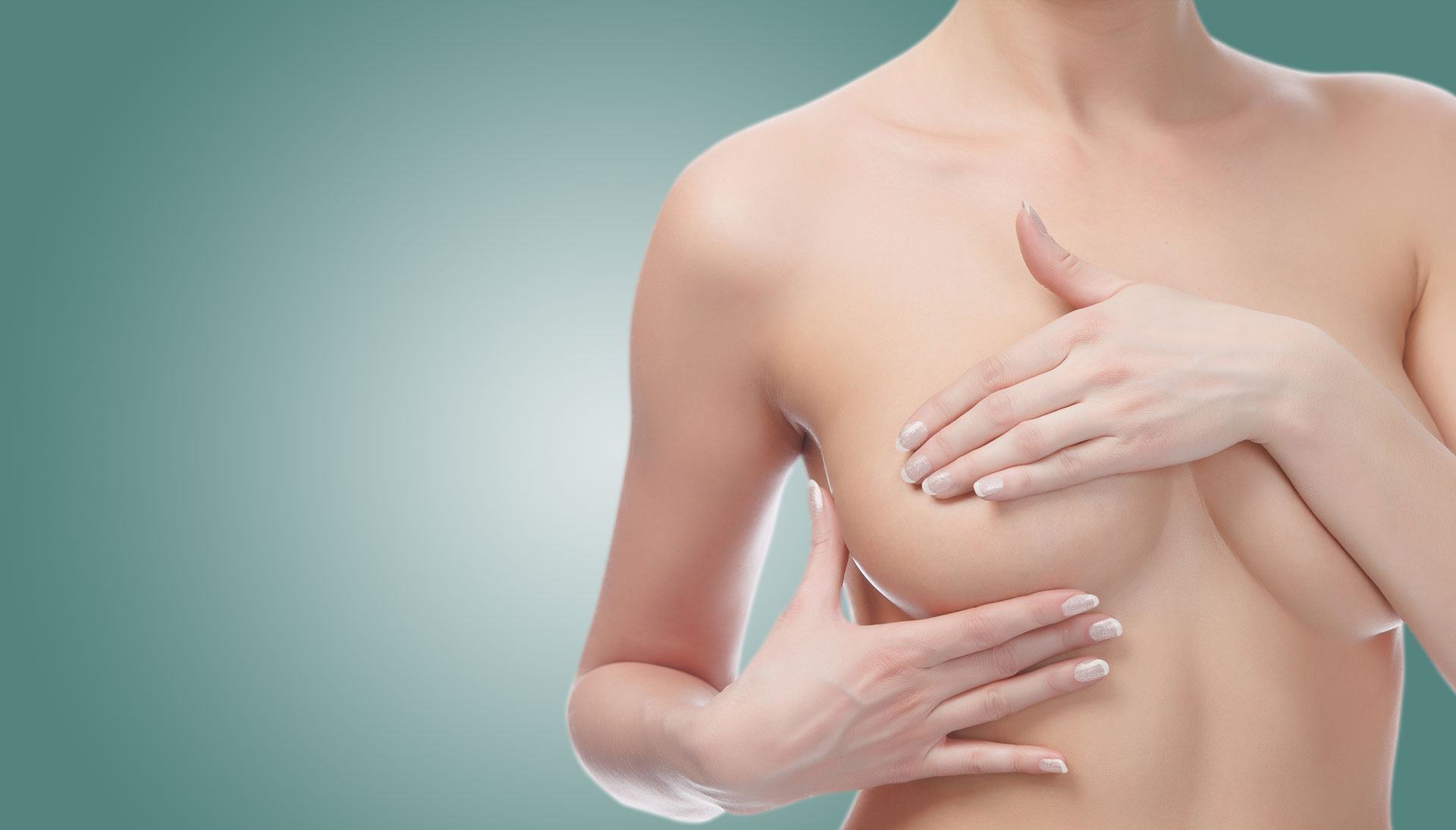Thigh Lift Surgery – Thighplasty
ENHANCING YOUR APPEARANCE WITH A THIGH LIFT
If fitness and weight loss efforts have not achieved your goals for a body that is firmer, more youthful-looking and more proportionate to your overall body image, a surgical thigh lift may be right for you. This surgery reshapes the thighs by reducing excess skin, and in some cases fat, resulting in smoother skin and better-proportioned contours of the thighs and lower body.
CANDIDATES FOR THIGH LIFT ARE:
- People whose weight is relatively stable
- Individuals with excess soft tissue along the inner or medial thigh region and/or the outer thigh
- Healthy individuals who do not have medical conditions that can impair healing or increase risk of surgery
- Individuals with a positive outlook and realistic goals for what thigh lift surgery can accomplish
Both men and women who have saggy, flabby and/or dimpled loose tissue and skin on their thighs may be candidates for this body contouring procedure. Many people who have lost massive amounts of weight due to bariatric surgery may also benefit from thigh lifts to get rid of the excess fat and flab in this area.
TYPES OF THIGH LIFT
There are several Types of Thigh Lift, each of which differs according to incision pattern. For example, an Inner (Medial) Thigh Lift involves incisions in the groin fold. This is the most popular type of thigh lift. It is best for people with a moderate amount of skin and fat in this area. For an inner thigh lift, Dr. Skarparis basically lifts up the thigh skin and tightening it. A Vertical Thighplasty involves a vertical incision that starts at the groin crease and extends to the inner knee. The scar is visible when the inner thighs are exposed such as while you are wearing in a bathing suit or mini-skirt. During a vertical thigh lift, Dr. Skarparis removes a wedge of skin from the inner thigh. Individuals with more significant fat and loose skin may need a vertical thighplasty. An Outer Thigh Lift requires an incision that extends from the groin around the hip. The procedure targets the front, back, inner and outer thigh. This procedure is ideal for people who have lost weight.
COMBINATION THIGH LIFT SURGERY
Sometimes, several types of thigh lift are performed at the same time. Which thigh lift or combination of thigh lifts is right for you depends on a number of factors, including:
- How much fat and skin need to be removed
- Your skin quality
- The areas to be treated
Thigh lifts can also be performed in combination with other procedures such as a Lower Body Lift and Liposuction.
THIGH LIFT PROCEDURE
Regardless of the thigh lift treatment you choose, the basic steps are similar. Whether the skin is excised or lifted varies based on the type of incision and the amount of fat and skin that needs to be removed, re-shaped and/or tightened. Dr. Skarparis will likely use deep, support stitches that help form and support the new contours of the thigh as part of the surgery. He will also close up the incisions with sutures. The length of the surgery and your hospital stay varies based on which type of thigh lift is chosen and if it is done with Liposuction or as part of a Lower Body Lift.
THIGH LIFT RECOVERY AND RESULTS
Following thigh lift, there will be bruising, swelling and soreness, but some of the results – namely the smooth, tight contours – will be visible immediately. You will feel some discomfort and tightness for the first 48 to 72 hours, but you should begin to feel normal after day three. Prescription painkillers can help relieve discomfort and pain. The swelling in your lower body and upper thighs may take three to five weeks to subside. You will be fitted with a compression garment to protect the incisions and promote shrinking and tightening of the skin after your surgery. Dr. Skarparis will likely tell you to keep your legs slightly bent at the hips during the first week after your thigh lift. This will minimize any tension on your incision line, reduce pain and result in a thinner, less-visible scar during the initial healing process. It is important to try to start walking as soon as possible after a thigh lift – even if you are uncomfortable. Early ambulation will reduce the risk of developing a blood clot in your leg.
THIGH LIFT RISKS
There are certain risks associated with any medical procedure. Some of the risks associated with thigh lifts include:
- Scarring
- Bleeding
- Infection
- Poor wound healing
- Numbness or other changes in skin sensation
- Asymmetry
- Recurrent skin looseness
- Possibility of a secondary surgery
- The thigh lift gives very rewarding results in people with realistic expectations





